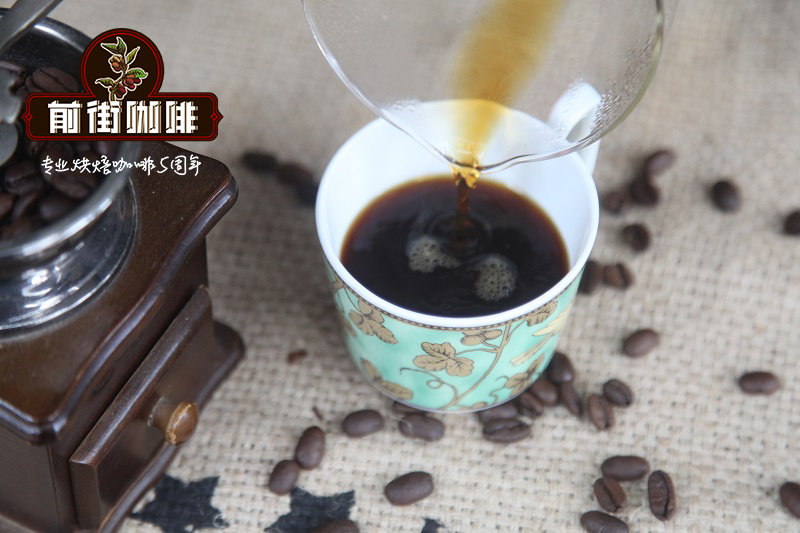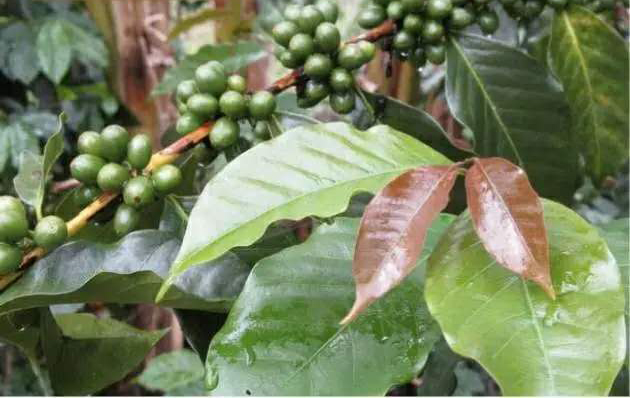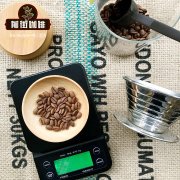What is the flavor of mocha coffee in Sana'a, Yemen? what kind of coffee is Udini Udaini?

Country: Yemen
Province: Sana'a
Zone: Al Haymah Al Kharijiyah
Cooperative: Al-Ruwad Coop
Producer: Ali Al-Lahaba
Treatment: insolation
Drying time: 27.5 days
Variety: Udaini
Altitude: 2300 m
Flavor: lemon sauce, citrus, dark chocolate, star anise
Production area introduction
Apart from Ethiopia, Yemen also has one of the longest coffee production history (which we think is the most interesting). The region is largely thanks to the global spread of coffee as an agricultural product and beverage. In recent years, however, its coffee production and unfortunately its quality have declined sharply, largely due to political and social unrest.
The discovery of coffee in what we now call Ethiopia is the beginning of the story, but spice traders and devout Muslims from the Arabian Peninsula are known as turning local crops into international crops. On the one hand, the plant itself jumped across the Red Sea. As businessmen tried to monopolize the coffee market, both for personal use and trade with Europe, they were first transplanted into Yemeni soil in the 17th century.
It is through these trade channels that drinks are popularized. By the late 1600s, Yemen was the most important coffee town in the world in every way. It is a Yemeni plant-probably a variety of Moka (later known as Al Mokha, the country's main port)-entered Java and started a huge Dutch plantation there, then transplanted the plant to the Americas.
However, since the fall of the Ottoman Empire, as a result of recent political conflicts and natural disasters, Yemen has gone from one of the richest countries in the world to one of the countries most dependent on aid and war-torn war. The country has been in the midst of a brutal civil war since 2015, and its other seemingly most newsworthy features are its lack of water resources, its growing dependence on the narcotic plant qat and its appearance in the recent travel ban in the United States.
It is one of the most dangerous and difficult places in the world, not to mention doing business and helping the community. Nevertheless, in the past few years, people have seen such a small, very fragile flower, they just use coffee to achieve a better future.

The coffee is produced by 35 small farmers in Ali Al-Lahaba and Al-Ruwad cooperatives in the Al Haymah Al Kharijiyah district of Yemen. Beit Bait Al-Lahaba is a family of male and female farmers who first moved to Saa to grow coffee at the end of the 18th century. They represent one of the oldest groups of coffee producers in Yemen.
Like many other producers in Yemen, the community faces many challenges in growing coffee, but they are particularly struggling because of falling domestic coffee prices and past misconduct by coffee traders. Local infrastructure poses further challenges: topography, scarcity of water, and non-existence of transport links.
As a community, they have made great efforts to improve the quality of coffee by working on dedicated irrigation channels to maximize the use of scarce water. They focus on soil nutrition, good tree care, and continue to select and plant the most suitable coffee varieties. In the past few years, they have really devoted themselves to their farming methods to improve the level of yield and quality. This made them a domestic success in Yemen; so we got in touch with Qima Coffee and they worked with us to bring you such an excellent and exciting product.
Their goal is to produce the highest quality coffee in the world and to make Yemen an internationally recognized major coffee growing area. By sharing coffee with you, we hope you can see the amazing potential of Yemeni coffee. We look forward to working with Bait Al-Lahaba and developing our relationship in the next few years.
This wonderful and complex product brings classic Yemeni flavor, plus ripe fruit that has been carefully and naturally processed. It starts with sweet oranges-think of lemon curds and a section of oranges. Then there is a little wine next to the dark chocolate, but the most prominent for me is the sweet and juicy body. Finally, there is a little mango and the unique spice of Yemen. In this case, star anise and a hint of citronella have a long aftertaste.
Important Notice :
前街咖啡 FrontStreet Coffee has moved to new addredd:
FrontStreet Coffee Address: 315,Donghua East Road,GuangZhou
Tel:020 38364473
- Prev

Introduction to COE Champion Manor in Honduras
Origin: Honduras, Honduras: Chinacla,La Paz Manor: El Puente Ai Puente Manor producer: Marysabel and Moises altitude: 1660m production season: 2019 varieties: Rosa Geisha raw bean treatment: Honey honey treatment baking degree: shallow flavor: Violet fragrance, persimmon, pomegranate, apple, strawberry, black tea 2016 Honduras
- Next

How is the flavor of Javanese long beans in Finca Cerro Azul of Honduras? introduction to the Mieri family.
Country: Comagua City, Honduras: Segua Tepec Community: Rio Bonito Farm: Finca Cerro Azul Farm Manager: Francisco Escobar and Lidia Zeledon Farm owners: Mieriyui Family area: 135ha altitude: 1mine4501900masl Variety: Java long Bean processing method: natural Cerro Azul is the Mieriya family
Related
- Detailed explanation of Jadeite planting Land in Panamanian Jadeite Manor introduction to the grading system of Jadeite competitive bidding, Red bid, Green bid and Rose Summer
- Story of Coffee planting in Brenka region of Costa Rica Stonehenge Manor anaerobic heavy honey treatment of flavor mouth
- What's on the barrel of Blue Mountain Coffee beans?
- Can American coffee also pull flowers? How to use hot American style to pull out a good-looking pattern?
- Can you make a cold extract with coffee beans? What is the right proportion for cold-extracted coffee formula?
- Indonesian PWN Gold Mandrine Coffee Origin Features Flavor How to Chong? Mandolin coffee is American.
- A brief introduction to the flavor characteristics of Brazilian yellow bourbon coffee beans
- What is the effect of different water quality on the flavor of cold-extracted coffee? What kind of water is best for brewing coffee?
- Why do you think of Rose Summer whenever you mention Panamanian coffee?
- Introduction to the characteristics of authentic blue mountain coffee bean producing areas? What is the CIB Coffee Authority in Jamaica?

